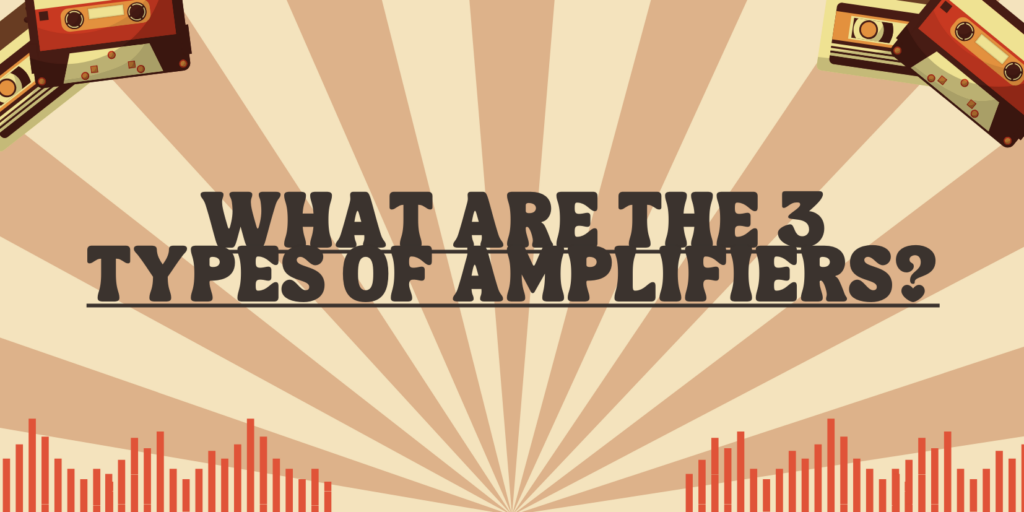Amplifiers are indispensable components in the world of audio and electronics, serving the purpose of increasing the power of signals. They come in various types, each designed for specific applications. In this article, we will explore the three main types of amplifiers: Class A, Class B, and Class AB amplifiers, shedding light on their characteristics and common uses.
- Class A Amplifiers
Class A amplifiers are known for their simplicity and high-quality audio reproduction. They are often preferred for their linearity, meaning they can accurately amplify the input signal with minimal distortion. Here are some key features of Class A amplifiers:
- Operation: In a Class A amplifier, the transistors or tubes are always conducting, regardless of the input signal. This results in a continuous flow of current.
- Linearity: Class A amplifiers provide excellent linearity, ensuring a faithful reproduction of the input signal. This makes them popular among audiophiles and in high-fidelity audio systems.
- Efficiency: However, Class A amplifiers are notoriously inefficient, as they dissipate a significant amount of power as heat, even when no signal is present.
- Applications: They are commonly used in high-end audio systems, such as high-fidelity stereo amplifiers and headphone amplifiers, where sound quality is paramount.
- Class B Amplifiers
Class B amplifiers offer improved efficiency compared to Class A amplifiers but come with their own set of characteristics. They are often used in applications that prioritize efficiency over linearity. Here’s what you need to know about Class B amplifiers:
- Operation: In a Class B amplifier, each transistor or tube conducts for only half of the input cycle. One component handles the positive half of the waveform, while the other handles the negative half.
- Efficiency: Class B amplifiers are significantly more efficient than Class A amplifiers, making them suitable for high-power applications like power amplifiers in PA systems and broadcasting.
- Crossover Distortion: The transition between the two components can introduce crossover distortion, where there is a brief distortion at the point of handover. To mitigate this, Class B amplifiers are often used in pairs to create Class AB amplifiers.
- Class AB Amplifiers
Class AB amplifiers combine the best of both Class A and Class B amplifiers, striking a balance between linearity and efficiency. They are the most common type of amplifier and have widespread applications. Here’s what sets Class AB amplifiers apart:
- Operation: Class AB amplifiers use two transistors or tubes, one for the positive half and the other for the negative half of the input waveform. There is a small overlap in their conduction, reducing crossover distortion.
- Linearity and Efficiency: Class AB amplifiers offer good linearity while being significantly more efficient than Class A amplifiers, making them suitable for a wide range of applications.
- Applications: You’ll find Class AB amplifiers in a variety of devices, from car audio systems and home theater receivers to musical instrument amplifiers and professional audio equipment.
Conclusion
Understanding the three main types of amplifiers, Class A, Class B, and Class AB, is crucial when selecting the right amplifier for your specific needs. Each type has its own strengths and weaknesses, making them suitable for different applications. Whether you prioritize audio quality, efficiency, or a balance between the two, knowing the characteristics of these amplifiers will guide you toward making the best choice for your audio and electronic projects.


